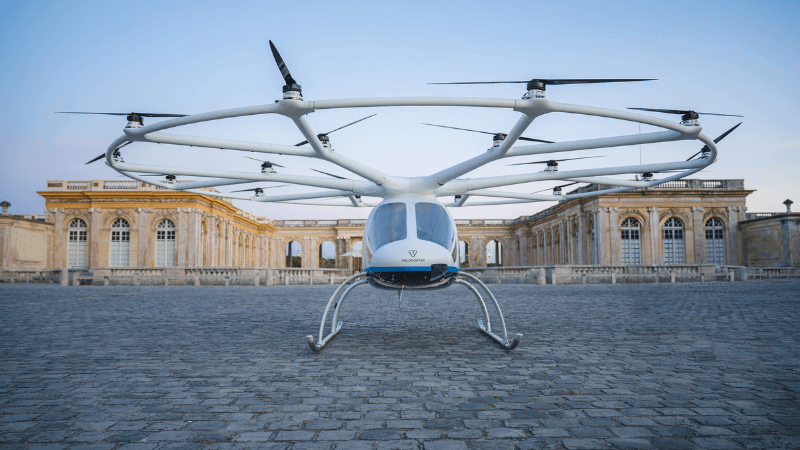

During our in-depth looks at the purposes of eVTOLs, we have investigated their use as emergency medical vehicles and logistical transport aircraft. Organ transport is arguably the intersection of these two industries, so it is no surprise that eVTOLs will help fill the niche.
Will this service require specialist eVTOLs, or is it a case of adapting existing technology for time-sensitive cargo?
Organ transport is a highly regulated process that involves specific steps. Time is the enemy, as organs remain viable for between four and 36 hours after removal. Organs are either packed into ice or connected to specific machines to ensure they continue operating as normal.
We are probably all aware of the viability of transporting organs by helicopter or plane, although the most common method is by ambulance. As such, eVTOLs seem like the perfect fit for this job. They can be quick, are almost always ready to operate, and are not restricted by roads and traffic.
Importantly, a standard eVTOL is capable of filling this role. Take Volocopter’s VoloDrone, for example. It can be fitted with specialised cargo boxes to transport cargo such as organs. The aircraft itself does not need modifying, as organ support machines can connect to its power supply.
That is not to say there is no niche for custom-designed eVTOLs. In 2016, aerospace company EHang announced a partnership with Lung Biotechnology to produce the MOTH – Manufactured Organ Transport Helicopter. The deal included up to a thousand units of the drone.
It will operate autonomously along pre-planned flight paths between Lung’s facilities and designated hospitals. Lung Biotech manufactures lungs and organs, but their window of viability remains much the same. The drone will receive a delivery, fly to a hospital, recharge, and return to Lung’s lab. Although a straightforward concept, it has the potential to revolutionise organ transportation.
The biggest advantage of using eVTOLs for organ transportation is that they do not need a specialist design. As noted, the technology for keeping organs viable is a discrete machine, which can connect to the eVTOL’s power supply. All the aircraft needs to do is fly; a separate machine handles everything else.
Then there are the same benefits that apply to almost every other industry. First, eVTOLs are not restricted by roads, meaning they can reach their destinations more quickly. When time is a factor, this is more useful than ever. Similarly, using electric vehicles will save vast amounts of fossil fuels for these vital journeys.
Operating autonomous drones also means more efficient use of medical personnel. Currently, a surgeon must accompany organs during transport, but there is no need for an autonomous eVTOL. If it follows a pre-planned flight path, a medical team can meet it at its destination. This should mean that more deliveries completed in a shorter time.
But, the standard drawbacks apply here, too. The most notable is the weather, which can severely impact an eVTOL’s ability to fly. Weather is less of a concern for an ambulance; although it might move slower, it can at least guarantee transport.
In our post on emergency medical eVTOLs, we were sceptical about their ability to revolutionise the industry. This is not the case with organ transport, as eVTOLs are perfectly positioned to change almost every facet. The CEO of Lung Biotech, for example, anticipates delivering hundreds of organs a day using their eVTOLs.
But, whether it plays out like this is unclear. There may be ethical or logistical issues that have not yet come to light, although these would likely be minor. Watching the medical eVTOL industry grow will be fascinating nonetheless.



